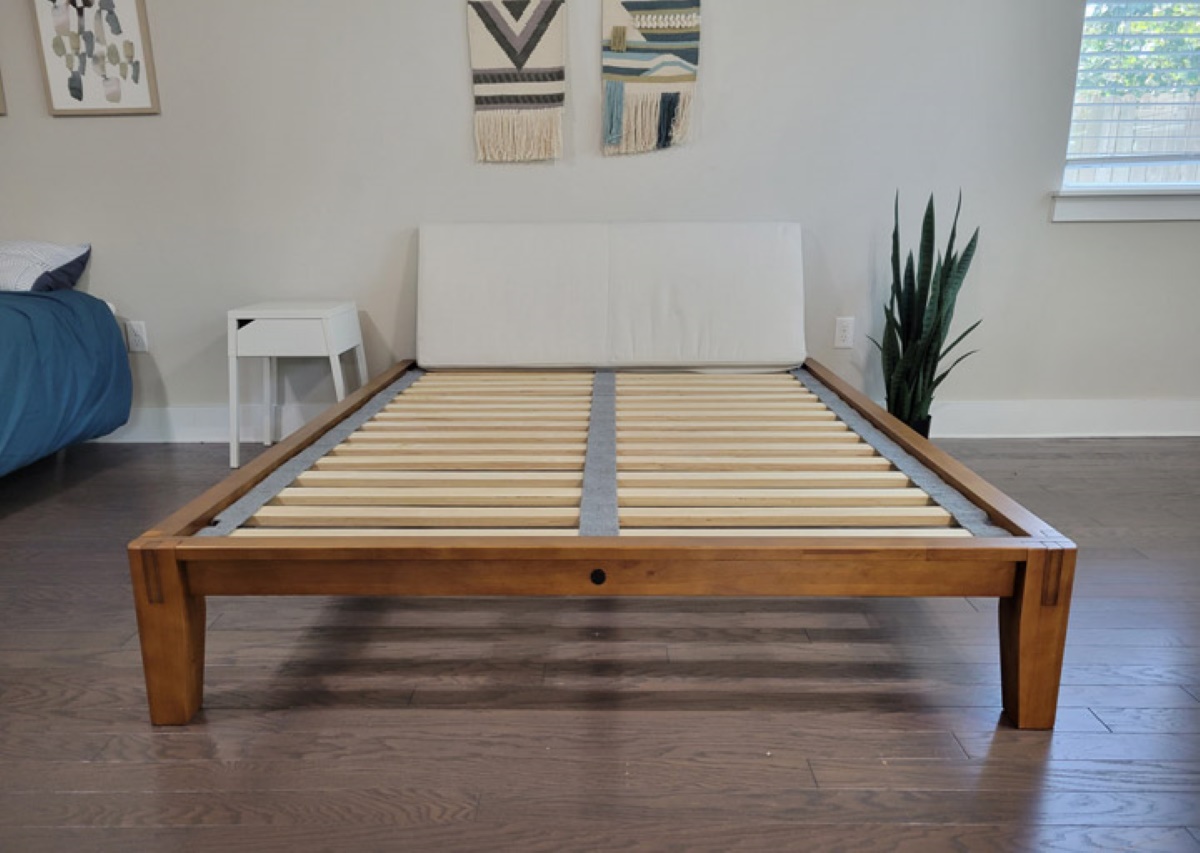

Articles
How To Store A Bed Frame
Modified: March 2, 2024
Discover the best ways to store your bed frame with our helpful articles. Keep your bed frame safe and secure when not in use.
(Many of the links in this article redirect to a specific reviewed product. Your purchase of these products through affiliate links helps to generate commission for Storables.com, at no extra cost. Learn more)
Introduction
When it comes to storing a bed frame, proper preparation and care are crucial to ensure its longevity and prevent damage. Whether you are moving, downsizing, or simply looking to create more space in your home, knowing how to store a bed frame correctly is essential.
A bed frame is not only a functional piece of furniture, but it is also an investment that requires proper maintenance. Storing it improperly can lead to scratches, dents, or even structural damage, which may affect its stability and overall lifespan.
In this article, we will guide you through the step-by-step process of storing a bed frame to ensure its protection and safekeeping. From disassembling the frame to properly wrapping and labeling, we will cover everything you need to know to store your bed frame efficiently.
By following our expert advice, you can have peace of mind knowing that your bed frame will be stored correctly and be ready for use whenever you need it again.
Key Takeaways:
- Properly disassemble, clean, protect, and wrap your bed frame before storing to ensure its longevity and preserve its appearance for future use.
- Choose a suitable storage location, store the bed frame properly, and label and organize the storage space to make retrieval easy and maintain the frame’s integrity.
Read more: What Is A Bed Frame
Step 1: Disassemble the Bed Frame
The first step in storing a bed frame is to disassemble it properly. This will not only make the storage process easier but also help prevent any potential damage during transportation or when in storage.
Start by removing the mattress and bedding from the bed frame. Set them aside in a clean and dry area for later use.
Next, locate the screws or bolts that hold the frame together. Use a screwdriver, wrench, or Allen key (depending on the type of fasteners) to loosen and remove them. It’s a good idea to keep all the screws or bolts in a small bag or container to avoid misplacing them.
Once the fasteners are removed, carefully separate the different sections of the bed frame. If there are any additional attachments like headboards or footboards, remove those as well.
Take extra care when disassembling any adjustable or hydraulic parts of the bed frame. Refer to the manufacturer’s instructions if needed to ensure you disassemble them correctly.
As you disassemble the bed frame, take note of any fragile or delicate parts that may need additional protection during storage.
By disassembling the bed frame, you can save space and reduce the risk of damage during storage or transport. It will also make reassembling the bed frame much easier when you’re ready to use it again.
Step 2: Clean and Protect the Bed Frame
Before storing your bed frame, it’s important to clean and protect it to maintain its condition and prevent any dirt or damage from accumulating during storage.
Start by thoroughly cleaning the bed frame using a mild cleaner or a mixture of warm water and gentle soap. Use a soft cloth or sponge to wipe down each section of the frame, making sure to remove any dust, dirt, or stains.
Pay close attention to any crevices, corners, or intricate details of the bed frame. You can use a small brush or toothbrush to gently scrub these areas and remove any trapped debris.
Once the frame is clean, ensure that it is completely dry before proceeding to the next step. Moisture can cause mold or mildew growth during storage, which can be detrimental to the bed frame’s integrity.
After cleaning, it’s essential to protect the bed frame from scratches, dents, and moisture. One effective way to do this is by applying a layer of furniture polish or wax using a soft cloth. This will provide an additional barrier and help keep the frame looking its best.
If there are any delicate or fragile parts of the bed frame, such as decorative accents or intricate carvings, consider using protective padding or bubble wrap to prevent them from getting damaged.
For metal bed frames, you may also want to consider using rust-proofing products or applying a thin layer of rust-resistant paint to prevent corrosion during storage.
By cleaning and protecting the bed frame, you not only ensure its longevity but also keep it in excellent condition while in storage. This step is crucial in maintaining the aesthetic appeal and structural integrity of the frame for future use.
Step 3: Decide on Storage Location
Choosing the right storage location for your bed frame is an important decision to ensure its safety and preservation. Consider the following factors when deciding on the storage location:
1. Climate Control: It’s best to store your bed frame in a climate-controlled environment. Extreme temperatures, high humidity, or fluctuations in moisture levels can damage the frame, especially if it’s made of wood. Look for a storage unit or area in your home that maintains a consistent temperature and humidity level.
2. Accessibility: Consider how easily accessible the storage location is. If you foresee the need to retrieve the bed frame in the near future, choose a spot that is easily accessible. If storing in a self-storage facility, opt for a unit near the entrance for convenience.
3. Space Availability: Ensure that the storage location has enough space to accommodate the bed frame. Measure the dimensions of the frame when disassembled, and compare it to the available storage space to guarantee a proper fit.
4. Security: It’s important to choose a storage location with adequate security measures in place. Whether you’re storing in a self-storage facility or a designated area in your home, make sure there are reliable locks, surveillance cameras, and restricted access to prevent theft or unauthorized access.
5. Protection Against Elements: If storing the bed frame outdoors, choose a covered area that protects it from rain, snow, and direct sunlight. Exposure to these elements can lead to moisture damage, fading, or warping of the frame.
By carefully selecting a suitable storage location, you can ensure that your bed frame remains in optimal condition during its time in storage. Taking these factors into consideration will provide the best environment for preserving the frame’s integrity until it’s ready to be used again.
When storing a bed frame, disassemble it to save space. Keep all screws and parts together in a labeled bag. Store in a dry, clean area to prevent rust.
Step 4: Wrap and Cover the Bed Frame
To protect your bed frame from dust, scratches, and potential damage during storage, it is essential to wrap and cover it properly. Follow these steps to ensure proper wrapping and covering:
- Clean and Dry: Before wrapping, make sure the bed frame is clean and completely dry. Any moisture left on the frame can lead to mold, mildew, or rust during storage.
- Disassembled Parts: If you have disassembled the bed frame, individually wrap each part using soft blankets, furniture pads, or moving blankets. This will provide an extra layer of protection and prevent parts from knocking against each other.
- Padding: For added protection, consider placing foam padding or bubble wrap around the corners and edges of the bed frame. This will safeguard against accidental bumps or impacts.
- Plastic Wrap or Sheet: Next, wrap the entire bed frame with plastic wrap or a plastic sheet. This will keep out dust, dirt, and moisture. Start from one end and work your way around, making sure to secure the plastic tightly. Seal the ends with tape to prevent it from unraveling.
- Cover with a Mattress Bag or Tarp: For additional protection, consider covering the wrapped bed frame with a mattress bag or a waterproof tarp. This will provide an extra layer of defense against potential water damage or accidental spills.
- Secure the Covers: Once the bed frame is properly wrapped and covered, use bungee cords, ropes, or straps to secure the covers in place. This will prevent them from shifting or coming loose during transportation or storage.
Properly wrapping and covering your bed frame will ensure that it remains clean, protected, and free from damage while in storage. This step is crucial in preserving the quality and appearance of the frame, allowing for a hassle-free setup when it’s time to use it again.
Read more: How To Hide Bed Frame
Step 5: Store Properly
Once your bed frame is safely wrapped and covered, it’s time to store it properly. Follow these guidelines to ensure that your bed frame remains in optimal condition throughout the storage period:
- Elevate off the Ground: When storing your bed frame, it’s important to keep it elevated off the ground. This helps prevent any potential damage from moisture, pests, or uneven surfaces. Place wooden pallets or blocks underneath the frame to provide proper elevation.
- Avoid Stacking Heavy Items: Do not stack heavy items or boxes on top of the bed frame. This can cause unnecessary pressure and potential damage to the frame. Keep the storage area organized and ensure that the bed frame is placed in a safe and secure location.
- Air Circulation: Allow for proper air circulation around the stored bed frame. Avoid storing the frame in a cramped or tightly sealed space, as this can lead to poor ventilation and potential moisture buildup.
- Protect from Pests: Take precautions to protect your bed frame from pests such as bugs or rodents. Use pest control products like mothballs or silica gel packets to deter pests from nesting or causing damage to the frame.
- Regular Checks: Periodically check on your stored bed frame to ensure that there are no signs of damage or pests. If you notice any issues, address them promptly to prevent further damage.
By storing your bed frame properly, you can ensure its longevity and minimize the risk of damage. Following these guidelines will help preserve the frame’s structural integrity and make reassembling it a breeze when you’re ready to use it again.
Step 6: Label and Organize Storage Space
An often overlooked step in the storage process is properly labeling and organizing your storage space. This step is crucial for easy retrieval and efficient use of space. Follow these tips to effectively label and organize your storage area:
- Labeling: Clearly label each component of the bed frame and any additional accessories or hardware. Use a permanent marker or labels to identify each piece to avoid confusion during retrieval. This will save you time and effort when you need to reassemble the bed frame.
- Inventory List: Create an inventory list of all the items you are storing, including the bed frame parts and any related accessories. Keep this list in a safe place, either printed or digital, to easily track what you have stored.
- Organize by Accessibility: Plan your storage space in a way that allows for easy access to the items you might need sooner. Place frequently used items or pieces near the front or in an easily accessible location.
- Group Similar Items: Group all the components of the bed frame together, keeping them separate from other items in storage. This will prevent any accidental damage and make it easier to locate all the necessary parts when needed.
- Maximize Vertical Space: Utilize vertical space by stacking labeled boxes or containers. Make sure not to stack anything too heavy on top of the bed frame components to avoid crushing or damaging them.
- Create Aisle Space: Leave enough room for comfortable movement and access within the storage area. A clear aisle or pathway will make it easier to maneuver and locate specific items without causing any damage.
By labeling and organizing your storage space, you can save time and effort in finding and retrieving your bed frame when you need it. This proactive approach will help maintain the integrity of the stored items and ensure a smooth transition when it’s time to bring your bed frame out of storage.
Conclusion
Storing a bed frame properly is essential to ensure its longevity, protect it from damage, and maintain its appearance. By following the step-by-step guide outlined in this article, you can confidently store your bed frame knowing that it will be in optimal condition when you need it again.
From disassembling the frame and cleaning it to wrapping it securely and choosing the right storage location, each step plays a crucial role in preserving the bed frame’s structural integrity and aesthetics. By taking the time to properly store your bed frame, you invest in its longevity and protect your investment.
Remember to disassemble the bed frame carefully, clean and protect it from dust and moisture, and choose an appropriate storage location that offers climate control and security. Wrap and cover the bed frame properly using blankets, plastic wrap, and protective covers to prevent scratches and damage.
Once stored, label and organize your storage space to easily find and retrieve the bed frame when needed. Regularly check on the stored frame to ensure there is no damage or pest infestation, and address any issues promptly.
By following these steps, you can store your bed frame with confidence, knowing that it will be kept safe and in optimal condition until you’re ready to use it again. Proper storage not only preserves the quality of your bed frame but also saves you time and effort in the long run.
So, whether you’re moving to a new place, decluttering, or temporarily storing your bed frame, don’t neglect the importance of proper storage. By giving your bed frame the care it deserves, you can enjoy its comfort and beauty for years to come.
Frequently Asked Questions about How To Store A Bed Frame
Was this page helpful?
At Storables.com, we guarantee accurate and reliable information. Our content, validated by Expert Board Contributors, is crafted following stringent Editorial Policies. We're committed to providing you with well-researched, expert-backed insights for all your informational needs.
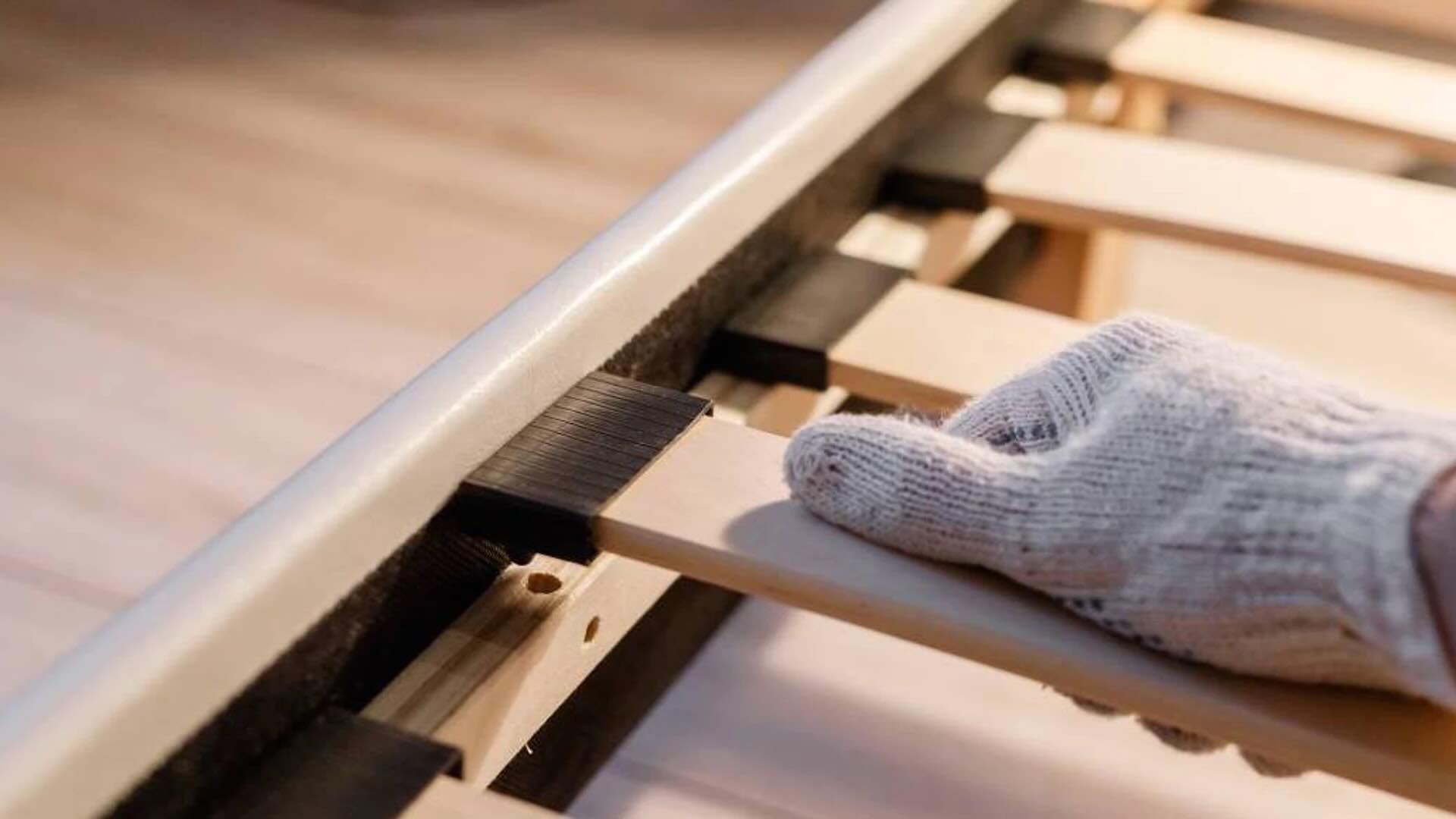


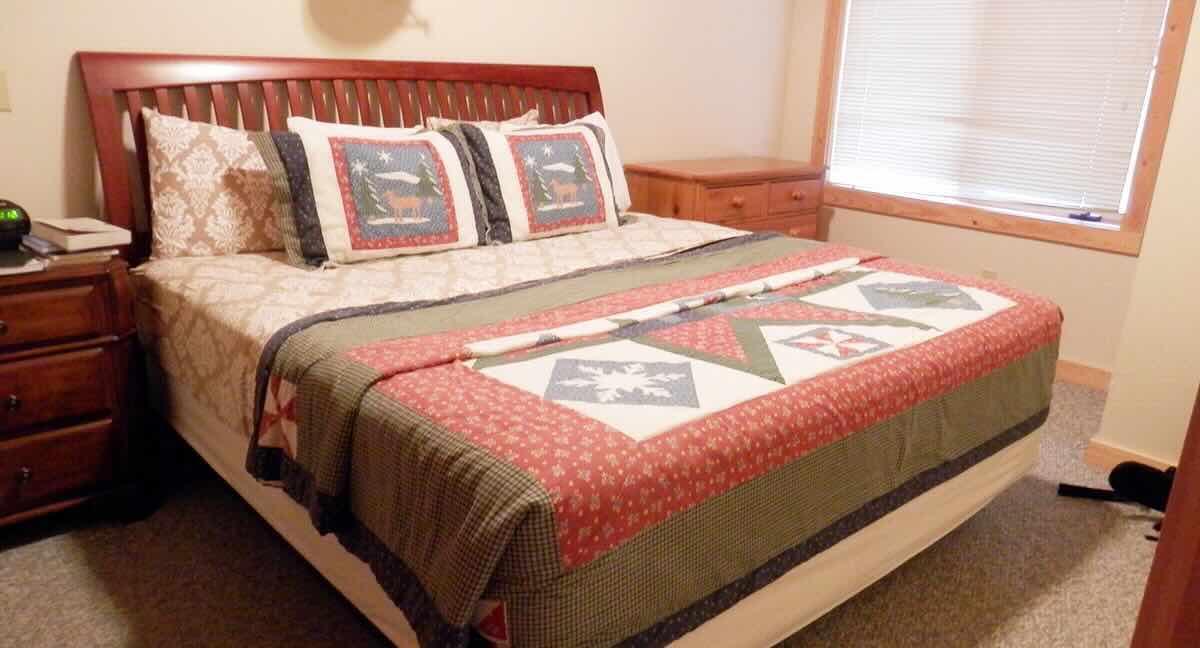

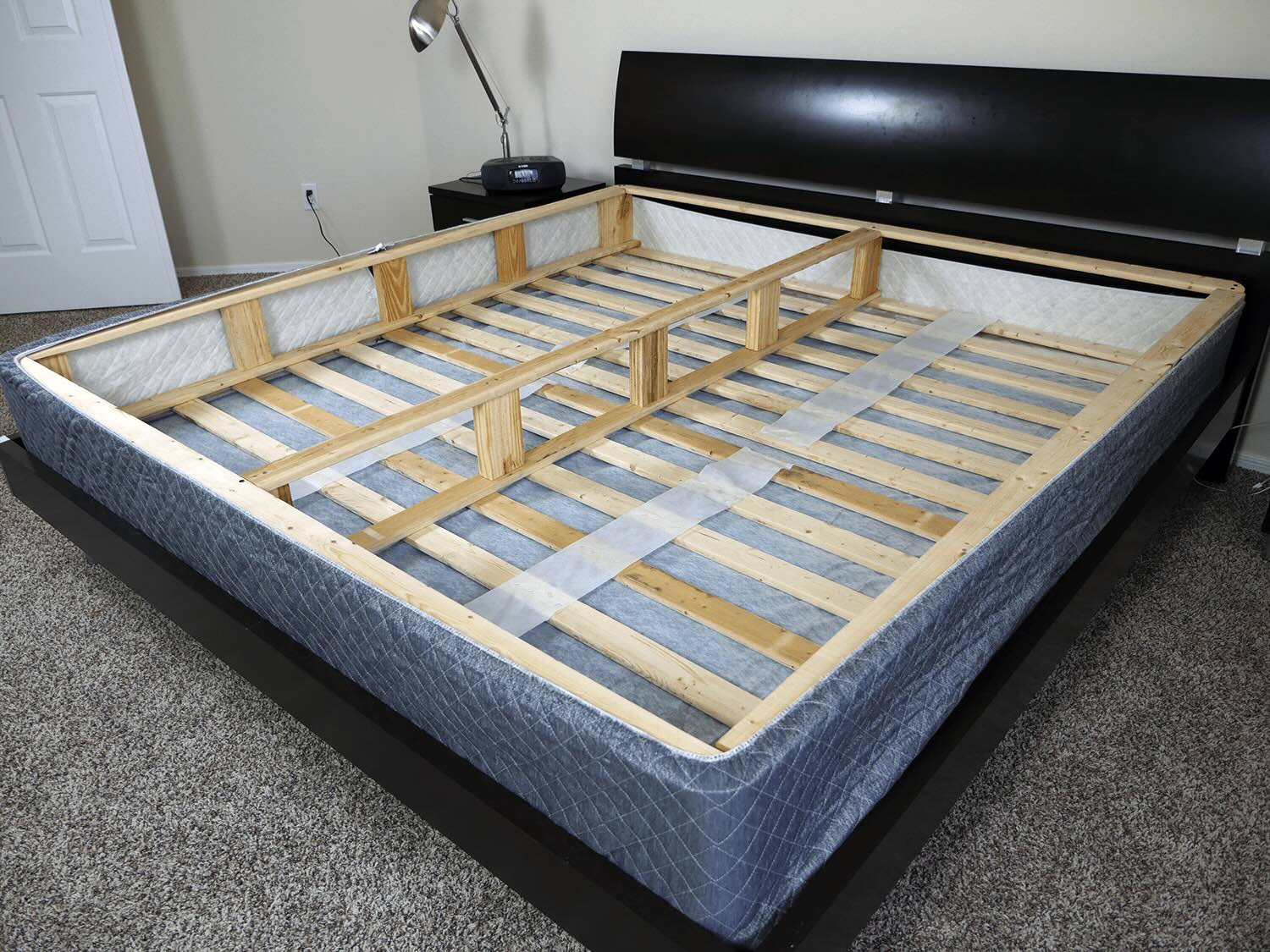
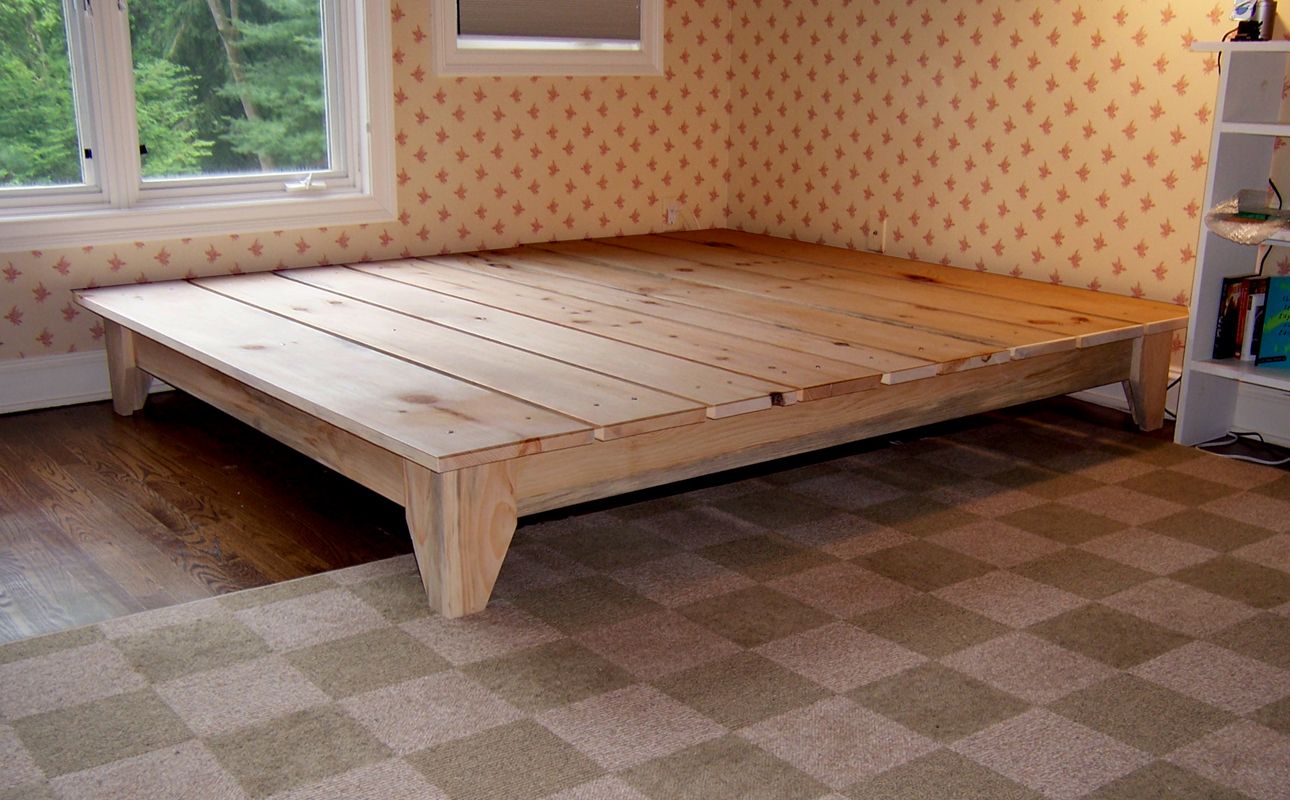
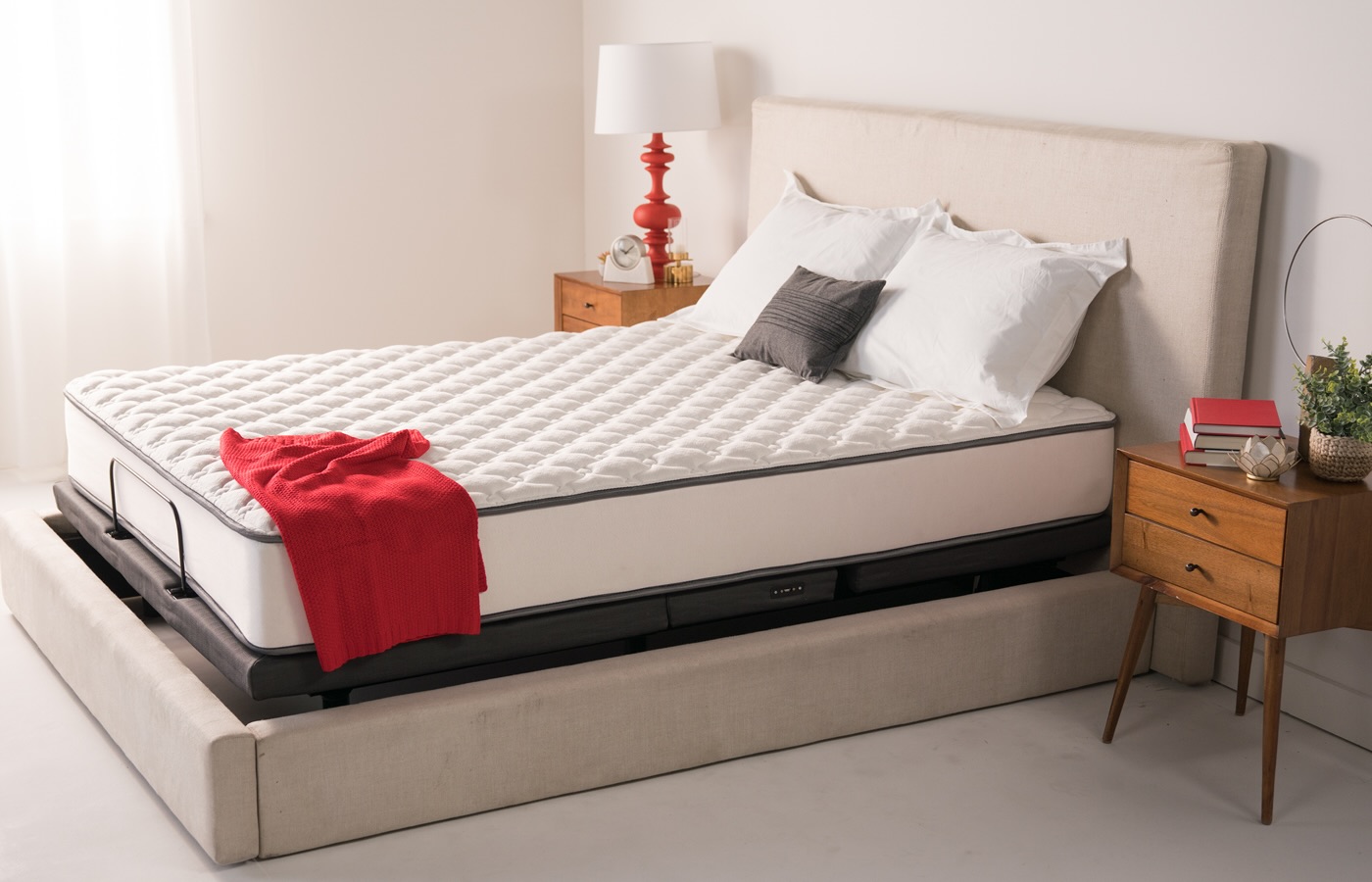
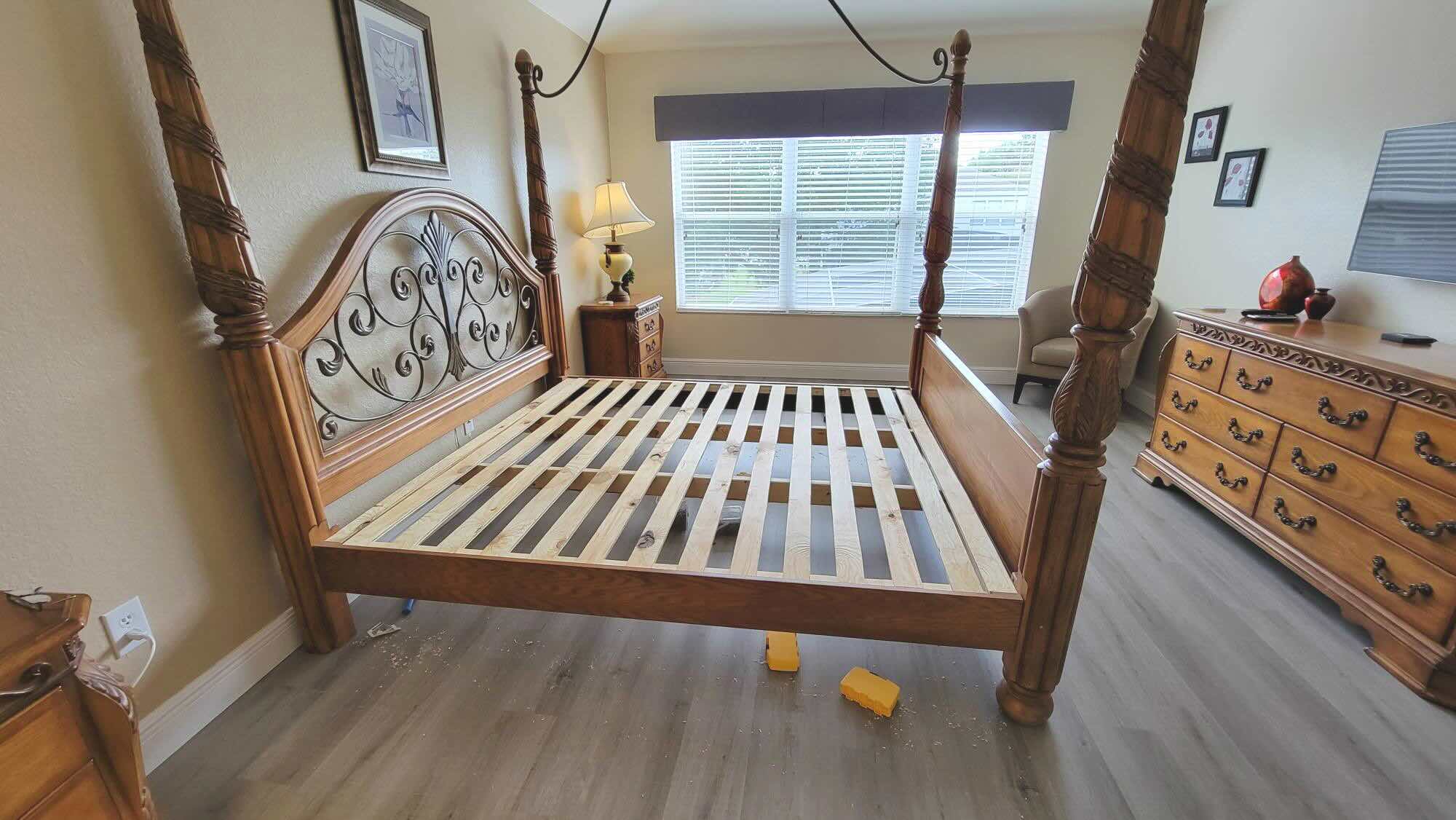
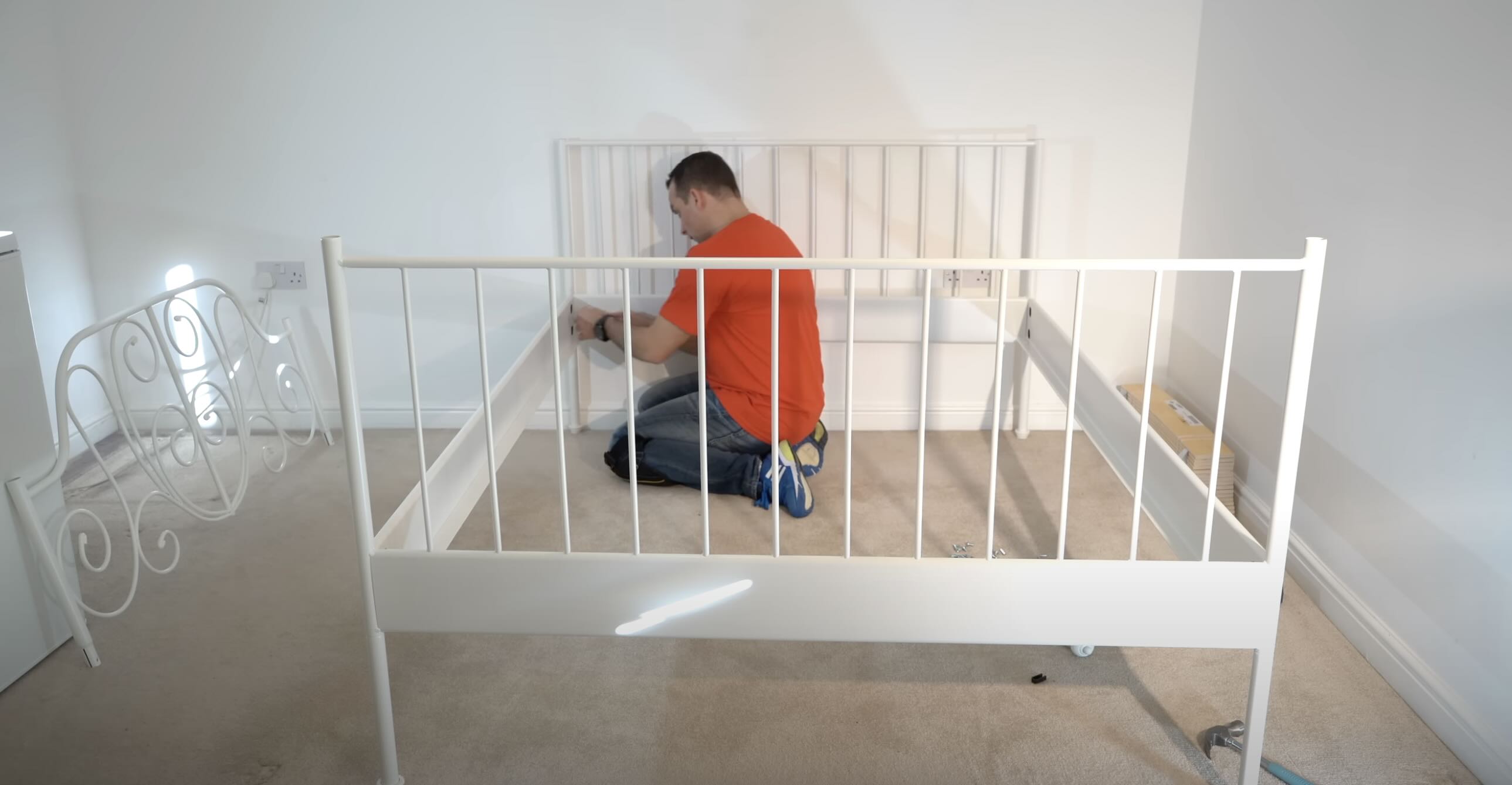





0 thoughts on “How To Store A Bed Frame”